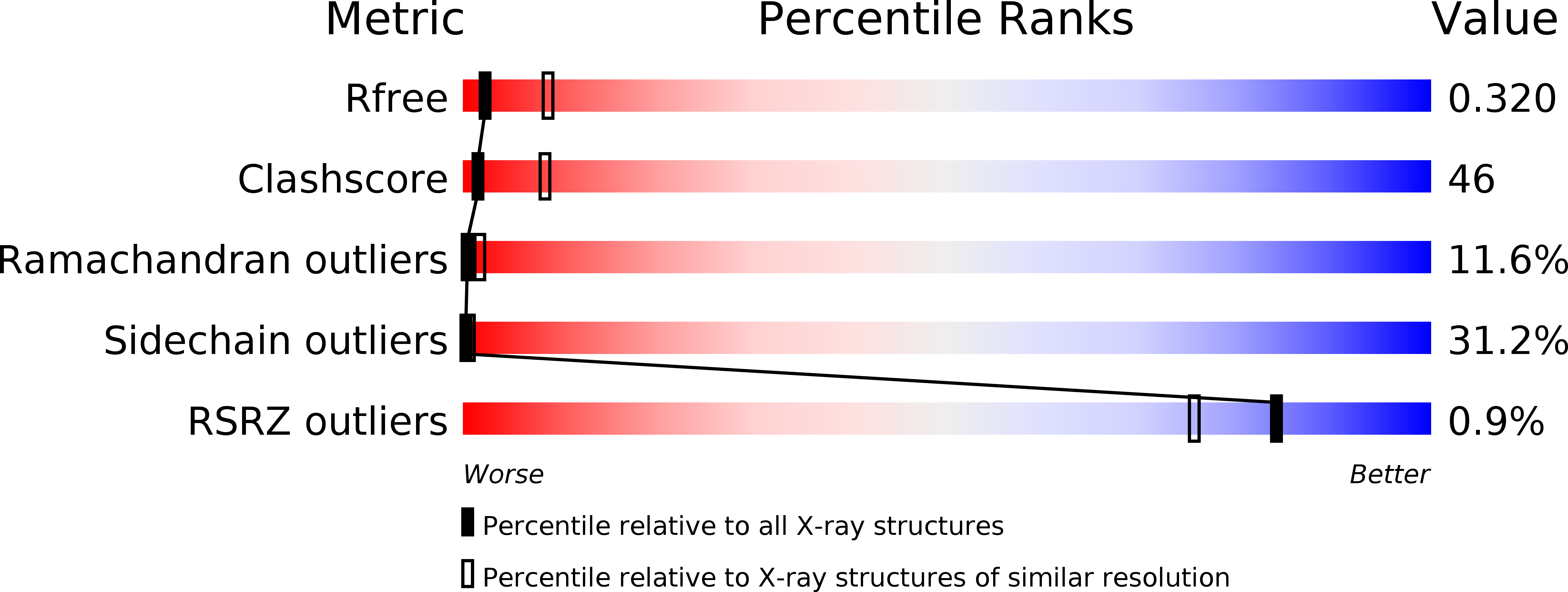
Deposition Date
2005-04-07
Release Date
2005-07-05
Last Version Date
2024-02-14
Entry Detail
PDB ID:
1ZAU
Keywords:
Title:
Adenylation domain of NAD+ dependent DNA ligase from M.tuberculosis
Biological Source:
Source Organism:
Mycobacterium tuberculosis (Taxon ID: 1773)
Host Organism:
Method Details:
Experimental Method:
Resolution:
3.15 Å
R-Value Free:
0.31
R-Value Work:
0.25
R-Value Observed:
0.25
Space Group:
P 61 2 2


